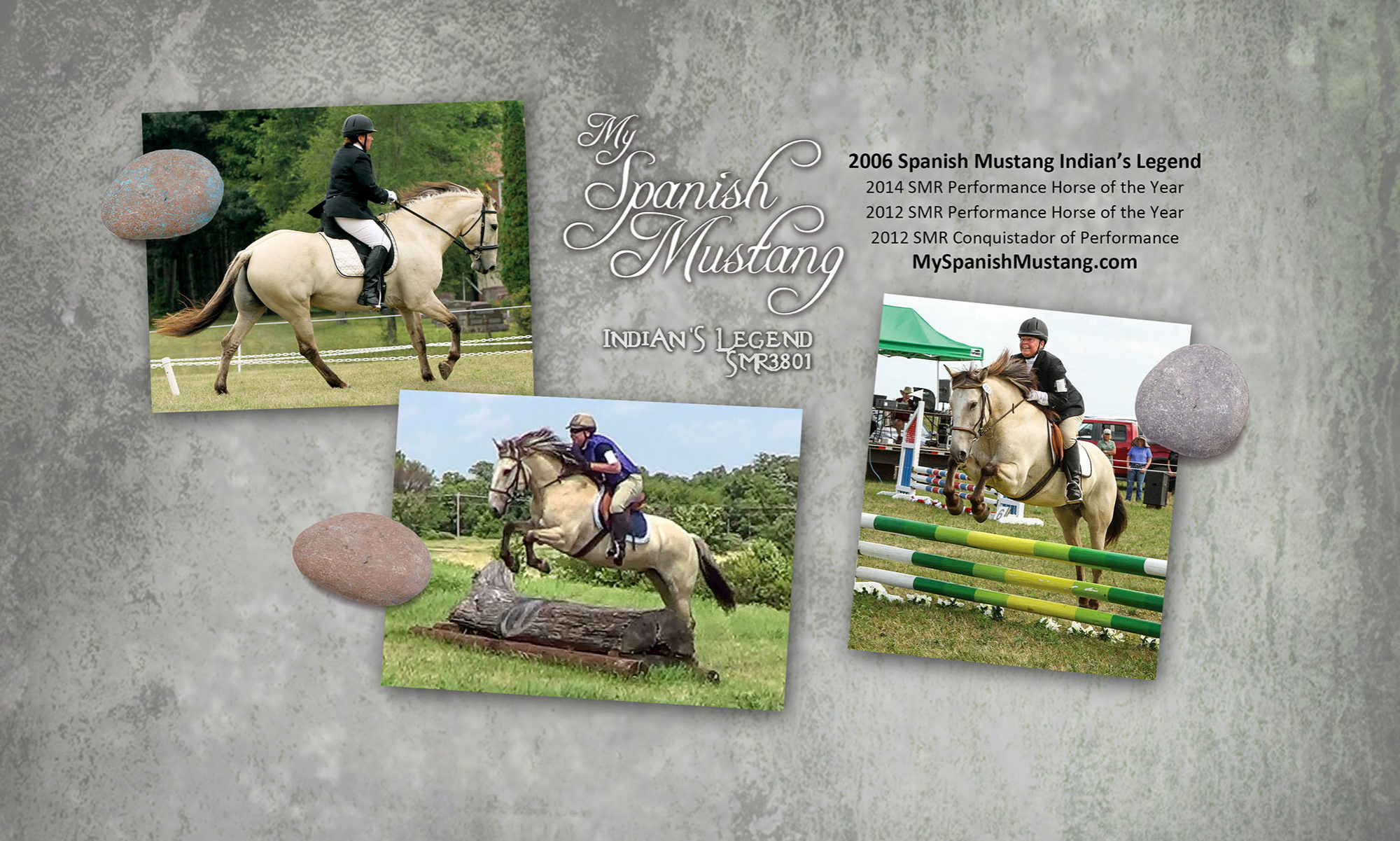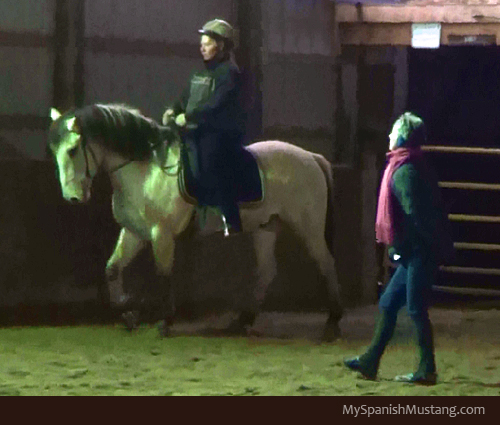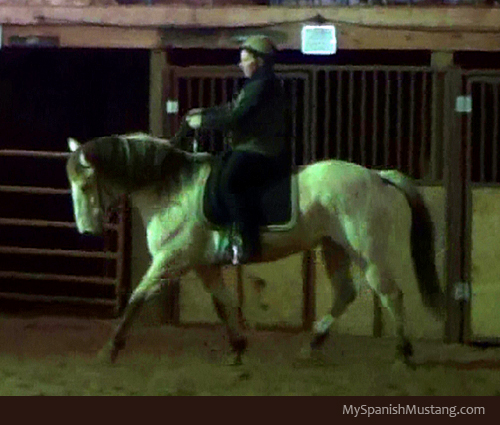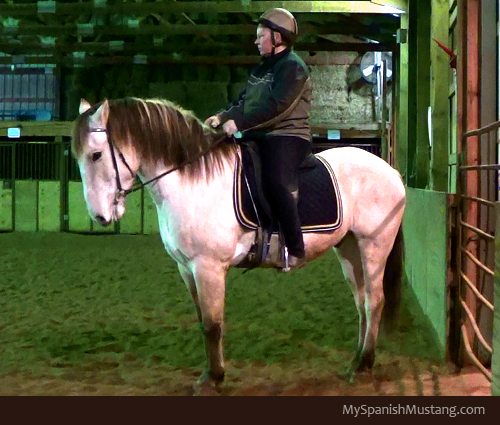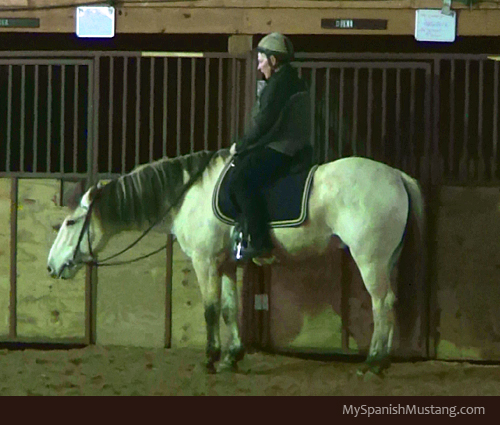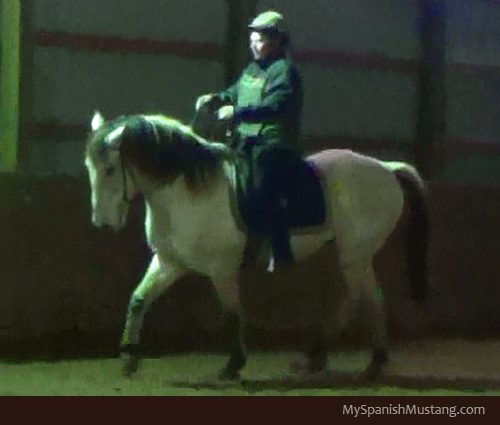By Jennifer Klitzke
A bi-lingual horse? The German dressage philosophy is predominant in my area so that’s the form of dressage I’ve been taught. When I heard that Classical French Dressage Clinician Susan Norman was coming to town, I had to bring Indy to learn some French. Oui, oui, I am so glad I did!
Susan studied with Classical French Dressage Masters Philippe Karl and the late Jean-Claude Racinet and she’s retained it well! In one 45-minute lesson, Susan quickly addressed the source of Indy’s heaviness issues and gave us plenty to work on until I see her next Spring. Not only is she knowledgeable in French dressage philosophy, she fosters a positive learning environment—affirming what each rider is already doing well, offering new concepts to aid in improvement, and encouraging riders as they learn it.
Susan suggested that I teach Indy elegant balance in lightness beginning at a slow walk so that he can gain confidence in this new way of carrying himself. Indy tends to get heavy on the forehand and lean on the bit.
Susan said, “Don’t accept heaviness from the start.” Her remedy is to lift my hands up, forward, and return my hands to the neutral position above the pommel. Once Indy began to understand not to lean on the bit, just lifting my hands forward and up for a second reminded him to be light.
Our elegant balance in lightness began with counter bend at a walk along the wall. Then Susan asked me to ride Indy off of the wall into a straight line and transition from walk to halt. This is how she explained to halt according to French philosophy: Remain very still in the saddle while alternating a squeeze and release with my left hand as Indy’s left front leg met the ground, and then a squeeze and release of the right hand as his right fore leg met the ground. Within three steps, Indy came to a soft, round, light, square and balanced halt. I had never halted this way before and it works so well without any pulling back on the reins.
From the balanced halt, Susan asked me to release the reins to the buckle so that Indy could stretch and rest his developing muscles. Just like halt, stretch had a French application. I had always been taught to let the horse take a break at a long and low walk. Susan taught me to give Indy a long rein while at a light, balanced halt—and remain halted. What I love about this method is that Indy stretched from a balanced frame vs. collapsing onto the forehand in a walk stretch. In our 45 minute lesson, we took about five one-minute stretch breaks.
After we had grasped the light and balanced walk, Susan asked us to transition into a slow, light and balanced trot on a 15 meter circle. At first Indy only took about five steps before falling onto the forehand and getting heavy in my hands. That’s when we transitioned back to walk to re-established balance and lightness. At each progression of trot Indy took more consecutive balanced steps until we ended with a figure eight.
We may not be fluent in French, but this 45-minute starter course gave us enough to want to learn more!
Merci beaucoup, to those who organized the Susan Norman “Riding in Lightness” Clinic, to Susan who conducted a positive, encouraging, educational, and effective French dressage clinic, and to Timberlein Ranch for hosting the event!
For more information about classical French dressage philosophy, Susan suggested the book, “Another Horsemanship” by the late Jean-Claude Racinet.
